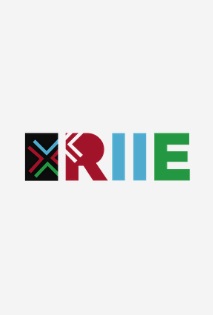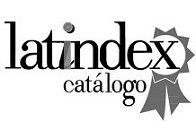Pensamiento “basado en modelos” en la enseñanza de las Ciencias Naturales
DOI:
https://doi.org/10.30972/riie.063680Palabras clave:
Racionalidad, modos de pensamiento, modelos, evidencias, razonamiento abductivo, pensamiento científico, pensamiento detectivescoResumen
En este trabajo recorro, desde la perspectiva de la didáctica de las ciencias, algunos análisis que se han hecho de los diversos “modos” de pensamiento científico. Me detengo en una revisión del uso de lo que se ha llamado “racionalidad lógica” y “racionalidad narrativa” en la educación en ciencias naturales en los diferentes niveles, desde el inicial hasta el superior, bajo la hipótesis de que estos dos modos de pensamiento se pueden reconocer en los diversos textos científicos que se usan en la enseñanza. Relaciono el primer modo de pensamiento con la estructura “sintáctica” de las disciplinas científicas, validada dentro del famoso “contexto de justificación”, y el segundo modo con la construcción histórica de las disciplinas, que tiene lugar en el “contexto de descubrimiento”. Reconozco, en las clases y en los libros de texto de ciencias, un tercer modo de pensamiento “híbrido”, que puede llegar a ser fructífero a la luz de los actuales imperativos de la enseñanza de las ciencias para todos y todas. Postulo que este nuevo modo se apoya en el uso del razonamiento abductivo, que es “generador” de hipótesis y emplea fuertemente modelos teóricos. Concentrándome en la forma en que se usan los modelos y las pruebas o evidencias, hago una analogía entre el pensamiento científico y el pensamiento detectivesco; en ambos, las evidencias tendrían un lugar central para la proyección del modelo sobre el problema a resolver.
Descargas
Descargas
Publicado
Cómo citar
Número
Sección
Licencia
Aquellos autores/as que tengan publicaciones con esta revista, aceptan los términos siguientes:
- Los autores/as conservarán sus derechos de autor y garantizarán a la revista el derecho de primera publicación de su obra, el cuál estará simultáneamente sujeto a la Licencia de reconocimiento de Creative Commons que permite a terceros compartir la obra siempre que se indique su autor y su primera publicación esta revista.
- Los autores/as podrán adoptar otros acuerdos de licencia no exclusiva de distribución de la versión de la obra publicada (p. ej.: depositarla en un archivo telemático institucional o publicarla en un volumen monográfico) siempre que se indique la publicación inicial en esta revista.
- Se permite y recomienda a los autores/as difundir su obra a través de Internet (p. ej.: en archivos telemáticos institucionales o en su página web) antes y durante el proceso de envío, lo cual puede producir intercambios interesantes y aumentar las citas de la obra publicada. (Véase El efecto del acceso abierto).






.jpg)


